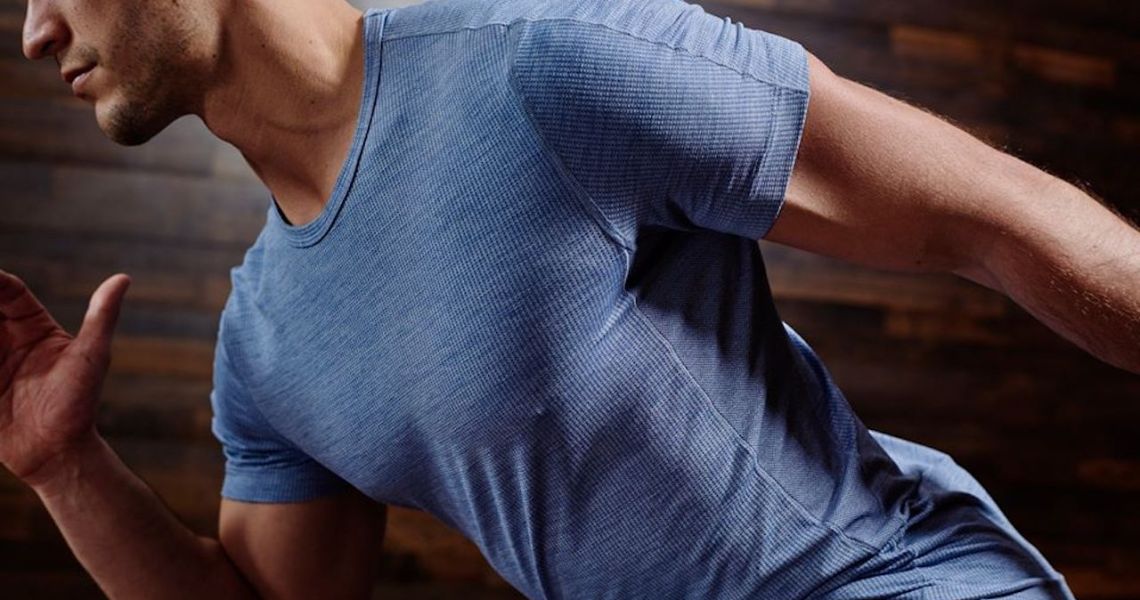Instagram Shopping is sweeping direct-to-consumer brand accounts as more companies hope to convert customers through the platform.
For DTC brands, Instagram and Facebook remain key customer acquisition and marketing tools. Despite brands searching for alternative marketing channels, from direct mail to texting, with customer acquisition costs rising on social platforms, Instagram is still a favorite for companies including Vuori, The Last Line and Mack Weldon — it’s starting to take a bigger portion of all three brands’ marketing budgets. Even as some companies are slow to adopt Instagram’s shopping tools, these three are seeing early signs of success in that they’re driving sales — although Instagram’s potential as a big sales channel remains unclear.
“By comparison to other marketing channels, the volume [of sales] coming from Instagram is relatively low — but it’s not insignificant, so we wouldn’t be turning it off anytime soon,” said Nicole Williams, vp of branding at Mack Weldon.
Mack Weldon tags fewer images and products in its feed, compared to The Last Line and Vuori. At this point, the company is more focused on customer acquisition via paid in-feed and Stories. Most are not tagged with product. The brand has found paid posts featuring explanations of individual products and video work best to acquire customers. But Williams said that could still change down the line, should shopping prove to be a bigger sales channel for the brand.
“Instagram is a great platform for us to explain our product,” said Alieu Fye, senior director of acquisition marketing at Mack Weldon. “A lot of our products are basics. There is no luxury brand stamp on it that you would recognize and not a lot of crazy color, so Instagram allows us to explain what makes the products special.”
Vuori is another DTC brand testing Instagram Shopping, but Nikki Sakelliou, the company’s vp of brand, said the brand was hesitant, at first, about tagging posts in the Vuori feed. Tagging in-feed posts meant having a small shopping bag icon in the corner of the image, which the company thought might turn customers away.
“We are such a visual brand that we questioned if this was going to mess with the integrity of our feed or feel inauthentic,” Sakellio said. “The reality is the photos we get [from customers] come from some of the most beautiful places in the U.S. Customers loves seeing the product in different places, and they want to purchase it right now.”
Ad position: web_incontent_pos1
Vuori uses a lot of user-generated content on its feed to showcase its products on real customers and keep the feed feeling authentic. Sakelliou said, so far, customers have not been turned off by the shopping feature on Vuori’s feed and is seeing customers click through to products and save products for later.
Roughly half of the company’s posts in the last year are shoppable and typically highlight just one product at a time. Jewelry company The Last Line, on the other hand, makes nearly all of its in-feed posts shoppable, tagging three to five products in most images. The most tags Instagram allows in one post is five, which sometimes proves a challenge for The Last Line, according to brand founder Shelley Sanders. The company tends to post images with tons of products styled on hands and ears for its 146,000 followers.
Most images that are not shoppable are IGTV posts. The brand has been using the feature to share more in-depth styling tips, and inspiration on how to stack rings or style an ear with multiple earrings.
Integrating shopping into the overall Instagram strategy came easily for The Last Line, Sanders said. The brand launched through Instagram in 2017 and originally sold product through direct messages on the social media platform.
“People were already shopping off our grid from the beginning,” said Sanders. “We developed the brand not knowing that Instagram would become shoppable, so when the shopping feature became available, it was such a natural transition.”
Ad position: web_incontent_pos2
Sanders said the company didn’t need to hire any new employees to tackle Instagram Shopping. She declined to share specifics around sales coming through the platform but said, “We have a really engaged audience, so Instagram is a sales generator for us, both by generating customer awareness as well as through Instagram Shopping.”




